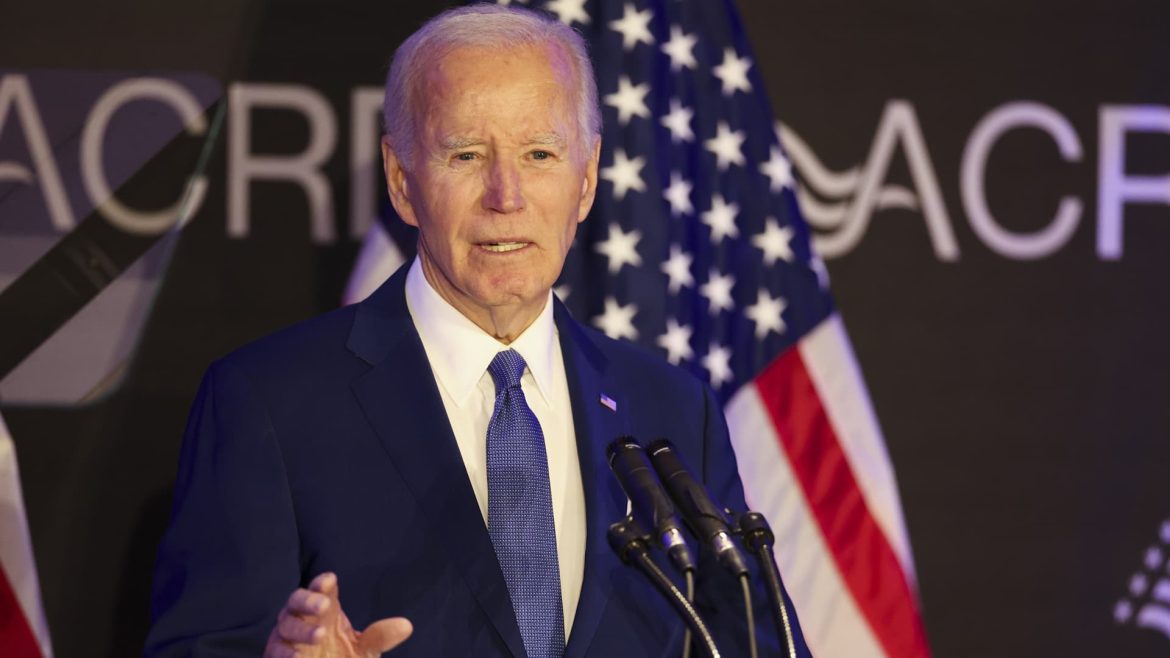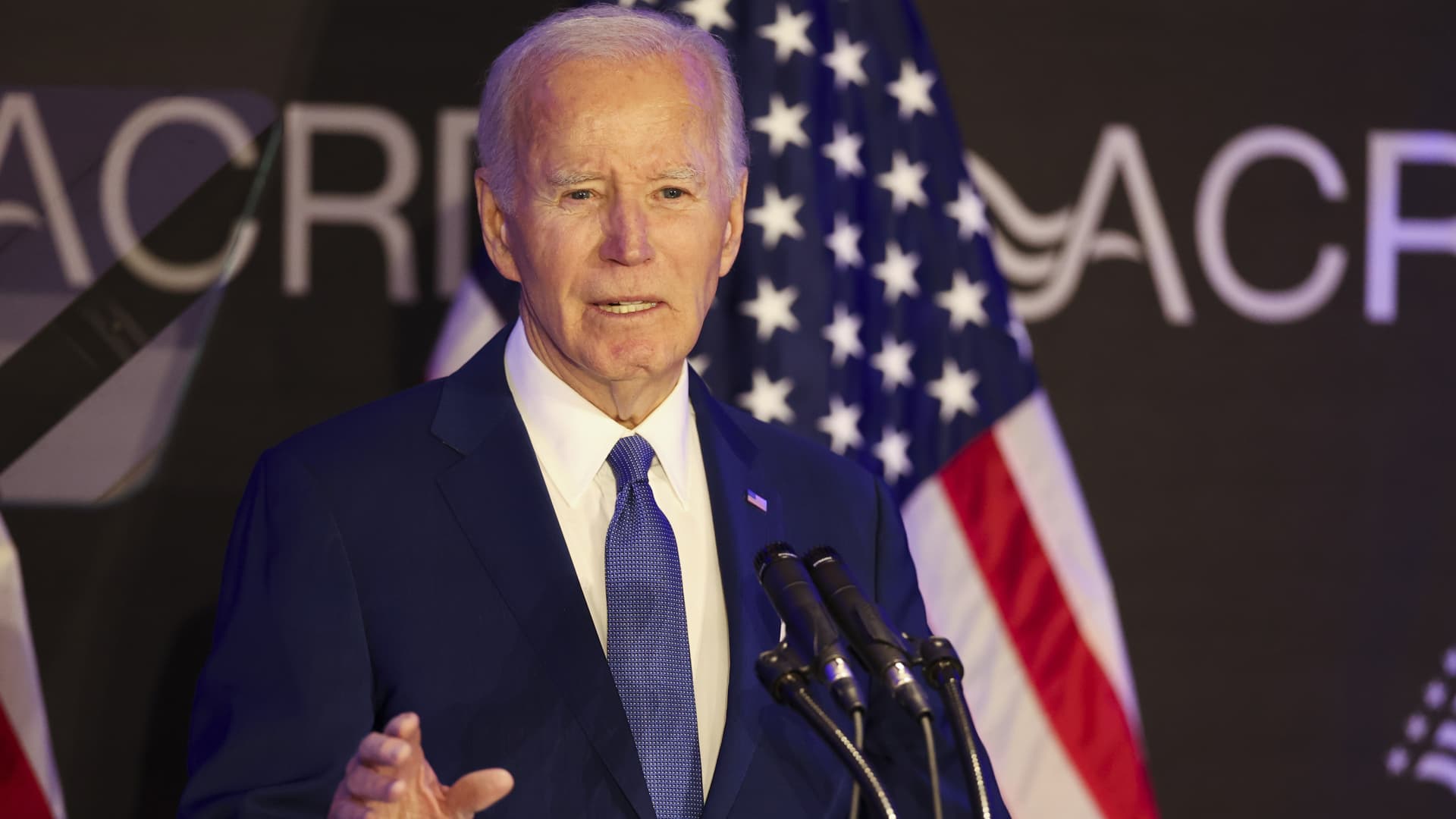The recent health announcement concerning former President Joe Biden has garnered intense media focus, centering on his diagnosis of aggressive prostate cancer that has metastasized to the bone. This development, revealed by his personal office, unfolds a complex medical narrative involving initial detection, diagnostic evaluation, and the implications of his condition.
Initial Detection: The Discovery of a Small Nodule
The medical sequence began with a routine physical examination, during which a “small nodule” was identified on Biden’s prostate. Such nodules are not uncommon and often prompt further investigation to rule out or confirm malignancies. Multiple reputable news outlets, including ABC News, The New York Times, and CBS News, documented this discovery occurring approximately a week prior to the official diagnosis.
The characterization of the nodule as “small” initially suggested a less alarming finding; however, the presence of urinary symptoms reported by Biden triggered urgency in medical evaluation. These symptoms likely indicated prostate dysfunction, a classical clinical sign that, when combined with imaging and biopsy, leads physicians toward a diagnosis.
Confirming the Diagnosis: Aggressive Prostate Cancer
Following further diagnostic work, Biden’s office disclosed that he was diagnosed with prostate cancer, graded with a Gleason score of 9 (Grade Group 5). The Gleason scoring system is a cornerstone in prostate cancer evaluation, with scores ranging from 6 to 10 representing increasing tumor aggressiveness. A score of 9 denotes a highly aggressive and poorly differentiated cancer, suggesting rapid progression and a higher potential for metastasis.
Most media reports agree that the cancer has metastasized to the bones, a typical site for advanced prostate cancer spread. Bone metastasis significantly impacts prognosis and treatment strategies, often requiring systemic therapies to control disease progression and alleviate symptoms.
Medical and Public Implications of the Diagnosis
This diagnosis is significant both medically and publicly given Biden’s age and status. Prostate cancer is among the most common malignancies in men, particularly affecting older populations. While many prostate cancers are slow-growing and manageable, those with high Gleason scores and metastasis require comprehensive treatment plans.
From a medical perspective, the presence of urinary symptoms alongside the small prostate nodule likely accelerated the investigative timeline, enabling diagnosis before further systemic involvement. Treatment may involve hormonal therapy, chemotherapy, radiation, or a combination, aimed at controlling tumor growth and metastatic spread.
The public announcement of Biden’s health status invites discussion about transparency in the medical history of public figures and how health challenges may influence their engagements. Biden’s office, by releasing precise medical details, maintains transparency and potentially sets a precedent for candid communication about leaders’ health.
The Role of Early Detection and Monitoring
The sequence of events underscores the importance of regular physical exams and vigilant monitoring for prostate changes, especially when subtle symptoms appear. Detection of even a small nodule can be life-saving by prompting early diagnostic interventions.
Biden’s experience reflects the complexity of prostate cancer’s clinical spectrum—ranging from indolent lesions to aggressive, metastatic disease. It also highlights advancements in diagnostics that can discern tumor aggressiveness, guiding more tailored therapeutic approaches.
Addressing the Broader Context: Prostate Cancer Awareness
Prostate cancer remains a pressing health concern globally, with millions affected annually. Biden’s diagnosis serves as a reminder for increased public awareness about prostate health, early symptom recognition, and the nuances of cancer grading. Medical professionals often advocate for individualized screening protocols considering age, family history, race, and other risk factors.
Furthermore, the discussions surrounding Biden’s diagnosis are likely to amplify public discourse about prostate cancer, potentially increasing screening rates and early interventions among at-risk populations.
Conclusion: Navigating Health Challenges with Transparency and Vigilance
The revelation of former President Joe Biden’s aggressive prostate cancer diagnosis, marked by a high Gleason score and bone metastasis, is a sobering development that sheds light on the intricacies of prostate cancer detection, diagnosis, and management. The initial discovery of a small nodule during a routine physical examination triggered a detailed medical workup culminating in this diagnosis.
This case illustrates the critical value of attentive symptom monitoring, early diagnostic procedures, and transparent communication, particularly when public figures face serious health challenges. As Biden and his medical team contemplate treatment strategies, this event also reinvigorates conversations about prostate cancer’s impact and the need for proactive healthcare practices. The collective attention on his condition exemplifies the intersection of medicine, public awareness, and leadership resilience in confronting life-altering health issues.





